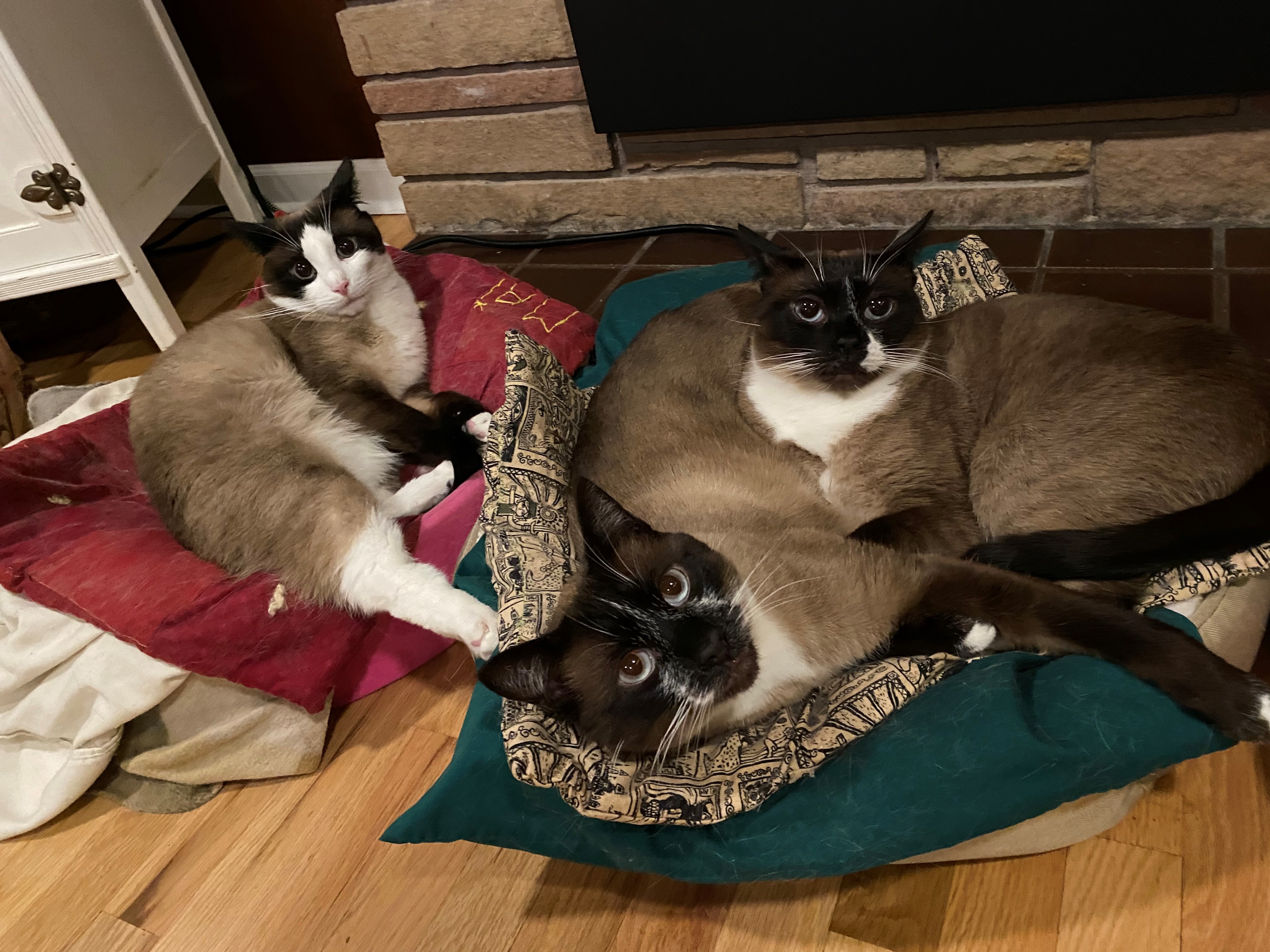🏁 Summary
![]()
Intermediate Quarto // Cascadia R Conf
Learning objective 1
Understand what parameterized reporting is and when it is useful.
Like very fancy custom functions:
Function →
.qmdtemplateInput → parameters
Output → rendered reports
Useful for creating variations of the same report:
Spatial: country, state, county, or city
Temporal: year, month or other time period
Anything you can filter by: breeds, species, diseases, water bodies, customers, trials, etc.
Note
We only covered reports, but you can also parameterize revealjs presentations! See this Jumping Rivers blog post about it.
Learning objective 2a
Convert a Quarto document into a parameterized template.
Learning objective 2b
Render all variations of the report at once using {quarto} and {purrr}.
- Get all unique parameter combinations into a dataframe:
Learning objective 3a
Generate multiple format outputs from the same .qmd using conditional content.
Create a div, span, or non-executable code block with one option from each of the below columns:
Class
.content-visible.content-hidden
Attribute
when-format="___"unless-format="___"
Format
latexorpdfepubhtmlorrevealjsmarkdown
Learning objective 3b
Generate multiple format outputs from the same .qmd using conditional code execution.
- Get the Pandoc output format.
- Use
formatin theeval: !exprchunk option.
Learning objective 3c
Generate multiple format outputs from the same .qmd using custom styling.
Pick a Bootswatch theme.
Customize with a
.scssfile.Use browser developer tools to find/test more styling.
Thank you!
🏡 Home for all workshop materials: jadeyryan.quarto.pub/cascadia-quarto/
🎥 Recordings from previous workshops & talks:
links in GitHub repo or my YouTube playlist

Let’s stay connected!
